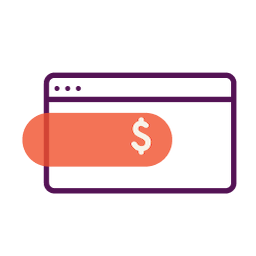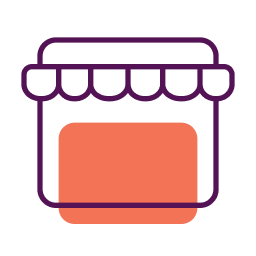Unless you’re looking for a loan at the bank or applying for an SBA loan you won’t need a formal business plan to get a small business loan. That being said, it can be a powerful tool to help you think about what your business does, what your business goals are, and how a small business loan can help you achieve them. Regardless of whether your lender will require it or not, creating a business plan is a good idea. If for no other reason than it encourages you to think more strategically about your business and your financing needs—which sometimes get lost in the day-to-day responsibilities of running a business.
Creating a formal business plan shouldn’t be treated as a once-and-your-done exercise, but rather as a living document created to help you leverage success, navigate challenging times, and strategically plan for the future. It can also help you when it comes time to seek financing. Here are three ways a business plan can help with your loan application.
Your Business Plan Will Identify Your Path to Success
Your business plan will put financial data a lender will need to evaluate your business’ creditworthiness at your fingertips:
- Your Profit and Loss (P&L) Statement
- Your Business Cash Flow Statement
- Your Balance Sheet
- A Sales Forecast
- A Break-Even Analysis
This information will not only help a potential lender, but it will help you evaluate your business’ ability to generate profits, identify problem areas, and help you determine if you have the necessary cash flow to make timely periodic payments (something a lender will also want to know) on a business loan.
A business plan also gives you the opportunity to dig into the financial reports, something many business owners don’t spend enough time doing, to learn more about your business’ financial health from the inside out. If you are unsure about what these reports are telling you, your accountant or other financial advisor can help you decipher what the numbers are telling you.
I once spoke with a lender who said, “If I can tell more about a business’ financial health by looking at the financial reports than the business owner, I’m not going to give him or her a loan.”
The exercise of building a business plan will help ensure that doesn’t happen to you.
Your Plan Will Identify How Much Money You Really Need
Despite popular media promoting the idea that more capital is the solution to just about every small business challenge, it isn’t. Borrowed capital should rather be considered as a useful tool to help you meet the business objectives and goals identified within your business plan. Your plan should clearly identify your current financial position and help you strategically look into the next year, two years, or five years to determine if you’ll be able to use cash flow or if your business will need an infusion of borrowed cash to meet your objectives.
Although I’m not a salesman, over the years I’ve spoken with many business owners looking for borrowed capital. Whenever I ask them about how much they want to borrow, if their response is, “How much can I get?”, I cringe.
There are costs associated with financing that can make borrowing more than what you really need a dangerous idea. Your business plan will help you better align what you’re looking for with what you really need. Your loan purpose should drive the loan amount—and you should have that articulated in your business plan.
Not only will it help you make better borrowing decisions, whether your lender requires it or not the fact that you have spent time thinking about it will resonate with a loan officer trying to make decisions about your loan application compared to someone else who is not quite as prepared to have these conversations.
Your Business Plan Will Guide Your Timing
If you treat your business plan like a roadmap, once you have all your goals outlined, understand the costs, and have identified all the details of your plan—you can use that information to identify, and plan for, the timing of your loan request. This will help you avoid trying to meet business crisis circumstances and instead make your approach to borrowing more strategic.
Of course that doesn’t mean that there won’t be a crisis, the coronavirus pandemic we’re going through right now is a good example, but it will help you better react because you should be including “what if” scenarios in your plan should things turn upside down. This is beneficial because you will have created a game plan before you were in the heat of battle with a roadmap for how you will address those challenges.
Do the Work Now to Reap the Future Rewards
Taking some time today to build a detailed and realistic business plan will take some time, but the investment in your future will be well worth the time you’ll spend. If you haven’t got a business plan, that doesn’t mean it’s too late to create one, even in the midst of our current economic challenges, you can plan for how you intend to address the next six months, year, or longer. How do you intend to survive the crisis and exit with a healthy and thriving business.
This article was originally written on July 23, 2020 and updated on July 14, 2021.




My small business is just within a year since stating. I only make a few hundred dollars a month. I have ran into the unfortunate problem, much like the rest of the world, is that I have been struggling to keep up with my product inventory in order to increase my sales or afford to promote my business. When I first started, I have made the choice to stop working in the medical field right before COVID became a big problem in order to stay home with our 3 children. At first I was making a decent amount of money to make up for my income and now I only make half. Although I am only a sole proprietor and have not been able to get proper licensing is there any advice that could given for small business like my own needing assistance with fund and starting up?
Megan – We have a video on startup financing that may be helpful.
That article about the business plan was a five star